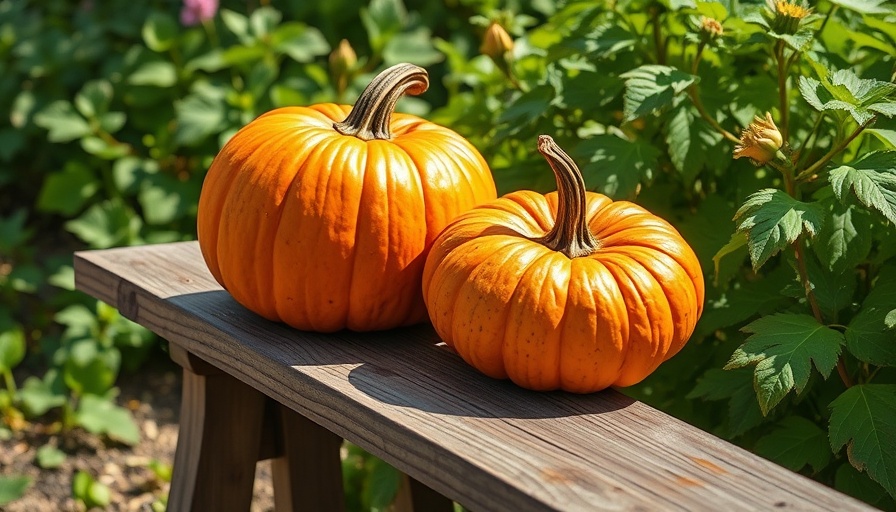
When is the Right Time to Plant Pumpkins?
As the weather warms up and everything in your garden starts coming to life, many homeowners ponder the simple joy of growing pumpkins. From Halloween carvings to Thanksgiving pies, properly timing your pumpkin crop is essential. Knowing when to plant pumpkins, either from seeds or transplants, ensures a successful harvest. This article delves into the factors you need to consider to get your pumpkins blooming at just the right time.
The Importance of Soil Temperature
One of the most critical factors in determining when to plant pumpkins is soil temperature. Pumpkin seeds thrive in soil temperatures ranging from 65 to 85°F. Planting before the soil reaches this temperature can lead to rotting seeds or slow germination. For those planting transplants, waiting until the soil warms is equally essential to ensure they establish strong roots. Using a simple soil thermometer can help monitor these temperatures effectively.
Air Temperature's Role in Growth
While soil temperature is crucial, air temperature also affects your pumpkin plants. Cooler air can delay growth, while warmer temperatures enhance it. However, avoid planting transplants on extremely hot days, as they may experience transplant shock, stunting their growth. Finding that sweet spot of temperature is vital for your budding plants.
Moisture Matters: Finding the Balance
Water management is key in establishing a sturdy pumpkin patch. Excess moisture in the spring can lead to rotten seeds, whereas overly dry soil can hinder germination. It's important to assess your soil's moisture before planting. If it’s too wet, allow some time to dry out. Conversely, if conditions are too dry, watering thoroughly a few hours before planting will help set the stage for healthy seedlings.
Timing Around Frost Dates
Frost dates in your area are another essential timing consideration. Planting too close to the average last frost can put your pumpkins at risk of stunted growth or damage. Be sure to consult a frost date calendar to make informed decisions based on your region. This knowledge enables you to plant at a time when your pumpkins can thrive without unexpected cold exposure, giving them the best chance to mature.
Choosing Between Seeds and Transplants
Another decision to make is whether to plant pumpkin seeds directly in the garden or to start with transplants. Each method has its considerations. Seeds can be planted directly once the soil conditions are right but require vigilance in monitoring soil temperature. Transplants, on the other hand, allow for an earlier start but need careful handling to avoid transplant shock.
Regional Differences: Adapting to Your Environment
Finally, understand that the best times to plant pumpkins can vary significantly based on geographic location. The growing conditions, average temperatures, and even prevailing rain patterns can differ between areas. Home gardeners must adapt their planting schedules according to these localized factors for the best results.
Conclusion: Embrace the Pumpkin Planting Adventure
With a little planning and consideration of these essential factors, you can enjoy a fruitful pumpkin harvest. Timing your planting right sets a course for success and ensures your cherished pumpkins meet the holiday deadlines just right. So roll up your sleeves, check those temperatures, and get planting for a delightful pumpkin patch this season!
 Add Row
Add Row  Add
Add 


 Add Row
Add Row  Add
Add 

Write A Comment